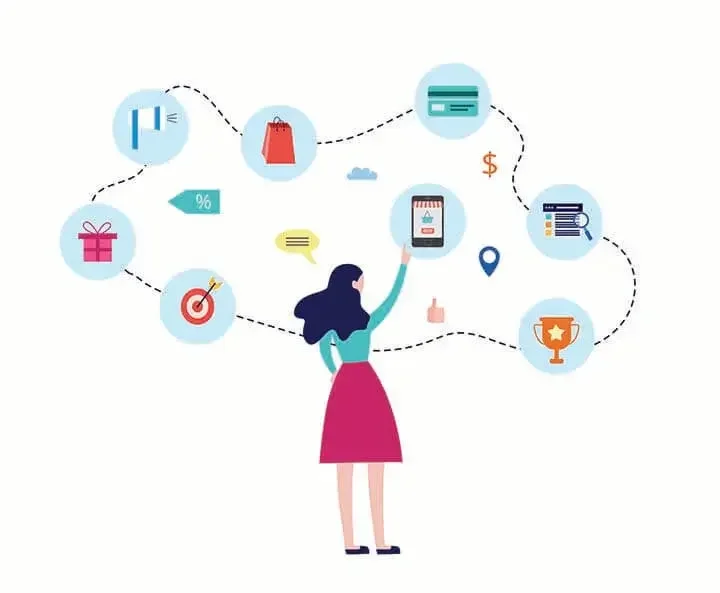Customers have higher expectations than ever, and businesses must strive to understand how their operations are or aren't meeting or exceeding those expectations.
This is where customer journey mapping comes in. It's a useful tool designed to reveal where a company can reduce friction in the process of turning a potential customer into a dedicated fan.
Companies that create a formal program to map and manage their customer journeys boost their ROI on marketing efforts by 24.9% year over year, while cutting service costs by 21.2% and shortening their average sales cycle by 16.8%.
Despite the phenomenal benefits of customer journey mapping, almost one-third of businesses (32%) do not map customer journeys. Yet doing so is essential to staying competitive.

What is a customer journey map?
A customer journey map lays out all of your customers' experiences with your company, from the first time they encounter you to engagements that occur after their purchase. The goal is to identify places where you can engage customers more effectively or reduce friction in the process of winning their dedication.
This exercise is valuable because employees inside a company can have a difficult time understanding customers' perspectives.
"I try to get people to understand they are not their customer," says Jen Clinehens, head of experience at The Marketing Store. "I call it crossing an empathy gap. It's hard for me to have empathy for you without some kind of tool to help me do that, and that's what the customer journey map is."
How to map the customer journey
According to leadership coach and trainer Bill Carmody, CEO of marketing firm Trepoint, a customer journey has four phases. He recommends dividing your map into corresponding quadrants, then identifying as many pertinent factors as you can for each:
- Discovery. What are all the ways that customers hear about your business? Are they finding it via a web search, social media, webinars?
- Activation. How are you engaging with your audiences? Are you following a content strategy? Have you created an irresistible offer?
- Transaction. How is engagement being turned into sales? How are you converting people into customers?
- Advocacy. How are you creating surprise and delight? What is expected, and how are you going beyond that?
Start by capturing assumptions and data in order to create a hypothesis about where the gaps in the journey are. The next step is talking to customers and frontline employees to see if the initial findings resonate with their experience. The mapping process strikes a balance between hard data (quantitative input) and perspectives provided by customer and employees (qualitative input).
Advocacy is key to customer journey strategy
Carmody advises that too many businesses fail to focus on customers' experience after completing a purchase. The fourth phase of the journey, advocacy, is about getting your current customers to attract more new customers.
"Most businesses do not emphasize enough the critical importance of creating raving fans," he says. "If you focus on delivering the bare minimum to satisfy the transaction, then you aren't going far enough to understand the critical aspect of advocacy."
The Peak-End Rule says that people tend to judge experiences on two moments: the peak, or high point, and the end. Clinehens says that companies often judge the "end" to be the transaction itself, but it's actually likely to be after that point—in the customer service, follow-up, and ongoing communication—that you can cement a customer's loyalty.
"If you find you don't have raving fans, spend some time with your team and maybe some outside consultants to think through what would make raving fans," Carmody says.
Map out your customer journey and discover the places where you can better engage and inspire your audience and customers.

